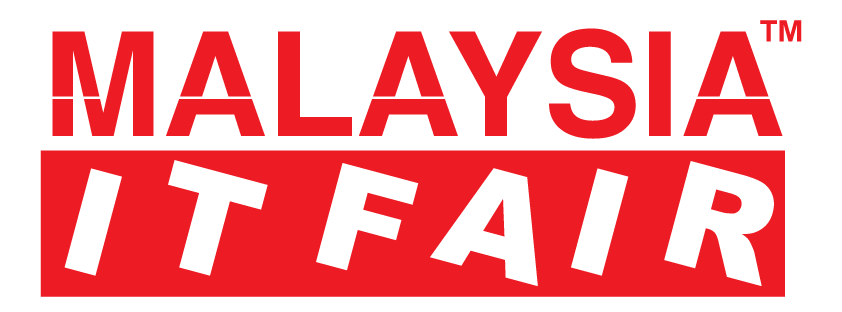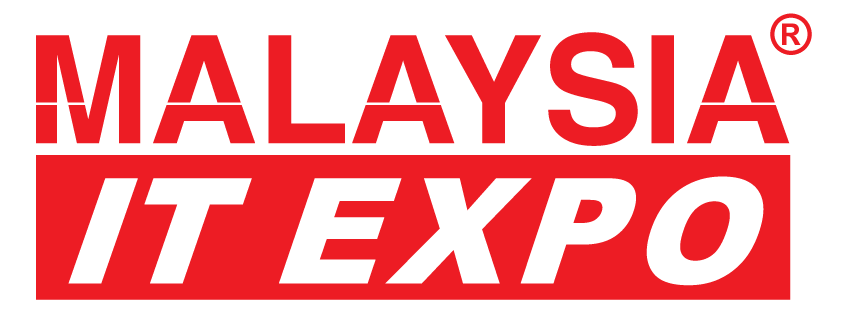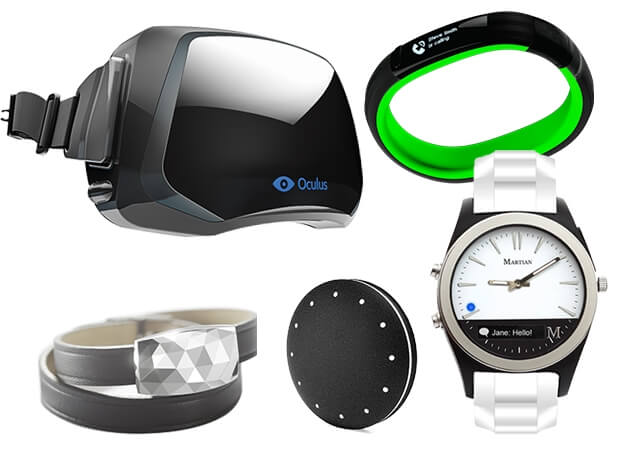![apple-watch-face[7]](http://malaysiaitfair.com.my/wp-content/uploads/2015/03/apple-watch-face7.jpg)
Dr. Robert Duggan, a foot and ankle surgeon with Physician Associates, a multi-specialty healthcare group that operates in partnership with Orlando Health, contributed this column to Live Science’s Expert Voices: Op-Ed & Insights.
From T-shirts that track your heart rate to watches that measure your golf swing, it’s no secret thatwearable technology is making a big impact in 2015. And that impact is only expected to get deeper, according to Juniper Research, which predicts the wearable technology market will grow to $80 billion in 2020. As personal devices come to dominate the talk of the technology industry, now they’re surging into health care.
Shifting from self-help to medical help, wearable technology has the potential to make health care more efficient, convenient and effective for both patients and doctors. Whereas I normally rely on my patients to tell me how they’re feeling, with the help of wearable devices, I will soon know how they’re feeling, and possibly even why, before my patients walk into the exam room. [Will the Apple Watch Make People Healthier?]
Whether a patient is recovering from cardiac disease, or resting a torn ligament, or easing into a new exercise program after an injury, wearables monitor a patient’s vital signs that provide physicians with a baseline — for both progress and relapse — that was once invisible. And the patient’s commitment is as simple as putting on a shirt.
Where wearables work, and where they don’t
Innovative technology like sensor-equipped smart clothes have the ability to monitor movement, heart rate, breathing patterns, blood pressure, body temperature and even changes in the skin or muscles.
For example, measuring galvanic skin response, which detects electrical properties of the skin and captures nerve reactions, reveals how much someone is sweating and can provide insight into levels of stress — revealing situations that cause patients the greatest amount of anxiety.
Patients can now wear these devices at home or as part of rehabilitation to track their progress. Reliability, however, depends in large part on how well a patient complies with instructions and a willingness to monitor his or her own health. If patients can consistently keep track of their health with these devices, there is great capacity for using this information to assist doctors in crafting a treatment plan specific for each individual patient. [Best Fitness Tracker Bands]
Wearables in fitness
As a foot and ankle surgeon and athletic trainer, I see patients of all ages with ailments ranging from painful toes to complex fractures — and athletes who are looking for ways to boost performance and overcome injury.
The universal impact facing all athletes, from elite level to recreational, is muscle fatigue, which often manifests as lethargy, poor performance, slow recovery time and inefficient sleep.
Beyond data for heart rate, daily steps taken and breathing patterns, some wearable technologies now measure how hard the muscles are working during exercise. One such technology is Athos performance apparel, shorts and shirts that incorporate electromyography (EMG) sensors. During a workout, EMG detects muscle effort, target zones and fatigue, helping athletes know when they’re building and toning muscles, when they’re overexerting, or when they’re underperforming.
I’ve started using wearable devices in my practice to help patients recover from injury. For example, a key way to heal from a stress fracture is by decreasing the stress to the bone, which often means decreasing activity levels. In those cases, I ask my patients to reduce the number of steps they take in a day by 50 percent. This is where wearables have proven to be especially helpful. There are dozens of devices in the market that provide data on daily steps that can be worn directly on the wrist or clipped to clothing, and can connect with Android or iOS.
If my patients have access to those types of technologies, they become a tool to help my patients stay focused, involved and on top of their at-home regimens. They can use the devices as a reminder system, receiving alerts when they’ve hit the 50-percent step limit and when it’s time to rest. If patients are experiencing pain, wearable devices have the ability to let them know how active they were during certain periods, which gives a baseline for determining what caused the pain and provides insight on how to adjust those patients’ recovery plans.
Where wearables need a boost
Many of these wearable devices are ready for use by doctors and patients, but incorporating this information into electronic medical records will take time. Standardizing the information, reporting it and saving it — in a way that makes it easy for doctors to access across different channels — will be a real challenge.
As the technologies shift from self-help to medical help, device creators need to consider how doctors will be able to upload and store that information. And, we need to begin a conversation about how to keep this information secure, and at the same time, readily available to doctors.
As wearable technology becomes more sophisticated and data quality improves, the devices will integrate into patients’ lives and health care routines. As with any new market, more research and experimentation is needed to figure out how this information can be monitored and used by doctors. [Apple Tool Could Transform How Doctors Gather Your Data]
Wearables are already effective as information-gathering tools, but in order for doctors to start using them in the exam room, we need to better determine how to synthesize the information these devices capture into the electronic medical system. Using these devices as a legitimate medical tool will require constant collaboration between different physicians, doctors, surgeons, trainers and patients, but if we can find a way to simplify this process, it can be done.
Follow all of the Expert Voices issues and debates — and become part of the discussion — on Facebook, Twitter and Google+. The views expressed are those of the author and do not necessarily reflect the views of the publisher. This version of the article was originally published on Live Science .





